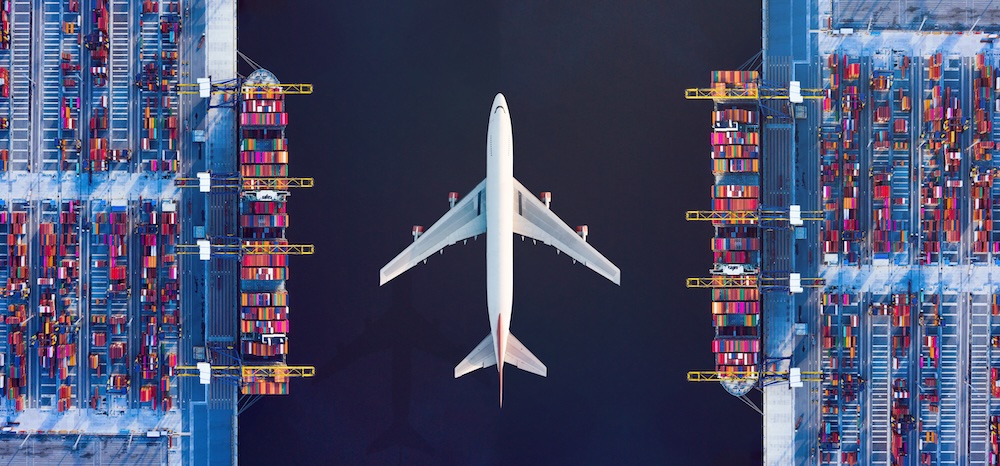 David Jinks Head of Consumer Research, ParcelHero
David Jinks Head of Consumer Research, ParcelHero

Attacks on ships heading for the vital Suez Canal shortcut continue in the Gulf of Aden and the Red Sea. In addition, Chinese New Year has caused its annual global logjam, with many ports and manufacturing companies shutting up shop for up to a fortnight. It’s no wonder many shippers are diverting from maritime services to air freight, especially for more time-sensitive cargos.
This switch is having an impact. There was a 10 per cent increase in air freight in January, with global air cargo tonnages rising 24 per cent in one week. As a result, air cargo spot rates from China to the US rose 14 per cent in the first week of February. At the same time, China to Europe air freight saw an 8 per cent spot rate increase, with prices averaging 20 per cent higher than mid-January. The reason for this increase in demand for air freight is not hard to understand.
At the time of writing, a Belize-flagged, British-registered cargo vessel, the ‘Rubymar’, was attacked with missiles and the crew was forced to abandon ship. The Houthis’ attacks on global shipping on this vital route between Asia and Europe are forcing many shipping companies to divert from the Red Sea-Suez Canal route to the Cape of Good Hope, adding around nine days on a typical voyage between China and Europe. That means delays and increased fuel and insurance costs. With this in mind, air freight has been looking more competitive.
On top of this crisis comes the traditional logistics crunch that is Chinese Lunar New Year. China is marking the arrival of the Year of the Dragon with celebrations culminating with the Lantern Festival on 24 February. Initially, there was a scramble for aviation services as businesses rushed to get products out before the festivities began. Now the continuing demand for air freight on this route is because many ships are birthed for the duration and containers are stuck firmly in Chinese ports until manufacturing ramps up enough to restore full services.
Air freight enables those companies manufacturing and operating in Asia to leapfrog the Chinese bottleneck. Handler Bangkok Flight Services was forced to suspend services for a while due to overwhelming demand, saying it experienced “unprecedented volumes of cargo due to the Red Sea crisis, resulting in a modal shift from sea to air, and a higher than expected surge due to the Chinese New Year".
One of the key industries that is clearly unwilling to wait for supply chains to return to normal is fast fashion. Global Forwarding reports retailers and fashion brands are already shipping more goods by air freight, with air cargo volumes from Vietnam spiking 62 per cent in one week in January, up 16 per cent on the same week in 2023.
Increased demand for air freight from companies that traditionally use maritime services may well squeeze established regular air freight and parcel services, resulting in decreased capacity and increased costs. The true crunch will come after the impact of the Chinese Lunar New Year subsides – and it usually takes global logistics a good month to return to normal patterns after the festival. Then we’ll see if demand for airfreight continues to build or falls away, even if the Red Sea crisis is ongoing.
One piece of good news is that the surge in air cargo costs is unlikely to significantly impact those UK-US air freight services that don’t originate in Asia. However, we do advise everyone sending parcels to the US to regularly check ParcelHero’s USA page, which gives full details on any changes in prices, Customs advice, and details about sending food etc.
For expert advice on UK-US shipping, including useful frequently asked questions (FAQs), help for exporters and prohibited items details, see: https://www.parcelhero.com/en-gb/international-courier-services/usa-parcel-delivery